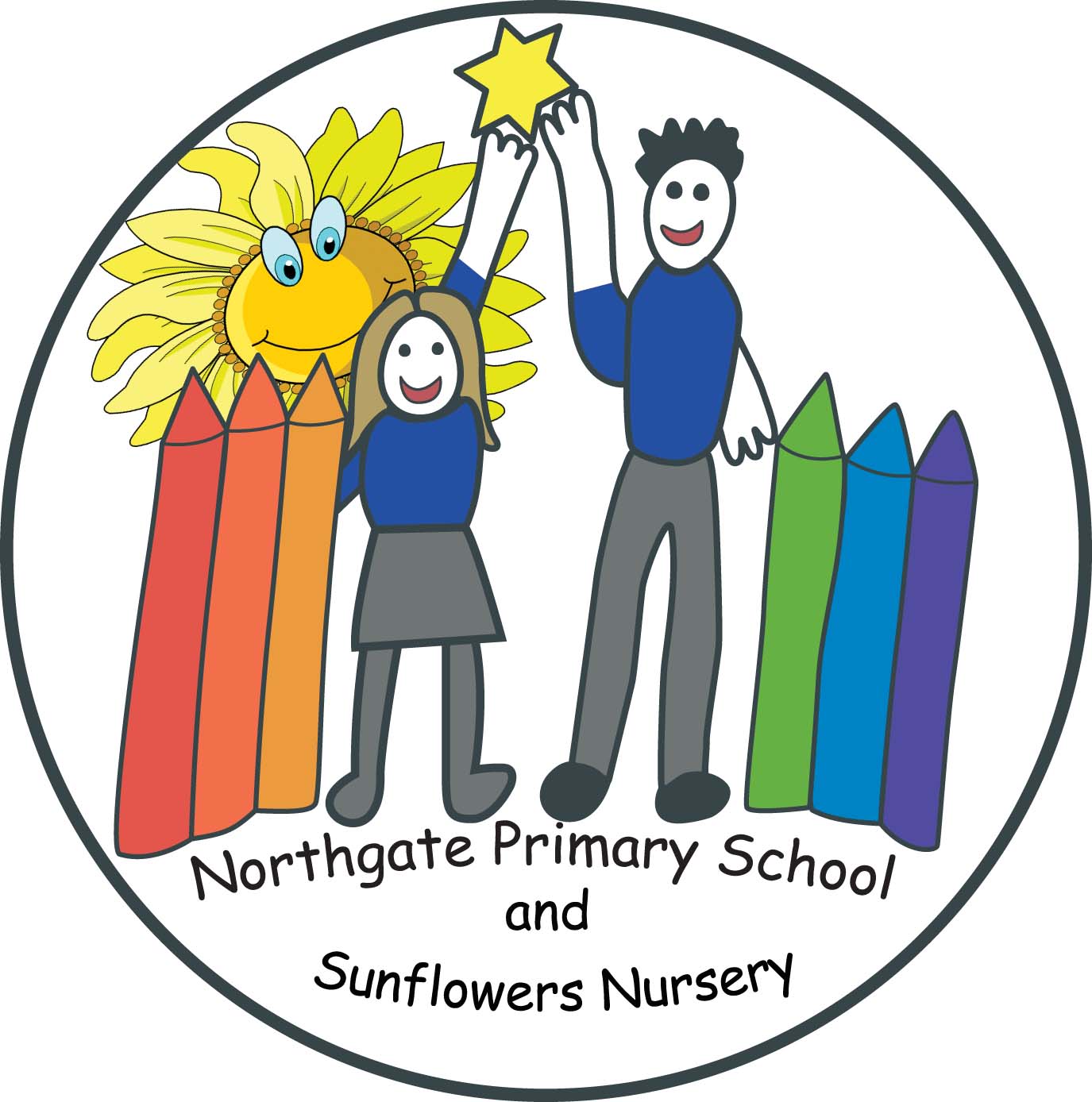Phonics is a way of teaching children to read and write by blending and segmenting individual sounds. Every letter and different combinations of letters make particular sounds for example the letter ‘s’ makes a hissing like a snake. At Northgate we follow the Essential Letters and Sounds(ELS) Programme of teaching which is a Systematic Synthetic Phonics(SSP). An SSP is a Systematic Synthetic Phonics Programme which is designed to teach children how to read through the act of decoding and blending.
An SSP teaches children the link between the sounds of our language (phonemes) and the written representation of these sounds (graphemes), or the spellings of the sounds contained within the English language. Essential Letters and Sounds is a complete Systematic Synthetic Phonics Programme (SSP).
Children throughout Reception and Key stage 1 take part in daily phonics sessions. These sessions focus on key reading skills such as decoding to read words and segmenting the sounds in a given word to spell. During Phonics lessons we also teach children to read and write ‘tricky words’ also known as ‘sight words.’ These are words that you cannot sound out and children are just expected to remember how to read and write. See the list below for these.
At Northgate Primary School, we are also using phonics sessions to develop vocabulary by ensuring words are given a context and visual aids are provided to promote understanding of new language. Additionally, when we are revisiting sounds, words get progressively more challenging in order to continuously expand our children’s vocabulary. Phonics sessions also promote reading for meaning by including an activity where children have to assess whether a statement is true or false.
Key terms we use in our teaching:
Digraph – two letters make one sound (e.g. sh, ch, ai, ea, ou, ow).
Trigraph – three letters make one sound (e.g. igh, ear, air, ure).
Split digraph – two letters make one sound but the letters have been split apart by another letter.
Phoneme – a single unit of sound
Grapheme – a written letter, or group of letter that represent a sound.
Consonants – b, c, d, f, g, h, j, k, l, m, n, p, q, r, s, t, v, w, x, y, z
Blend – to put or merge the sounds together to make a word (e.g. the sounds d-o-g are blended to the word ‘dog’.)
Segment – to break down the word into its individual sounds to spell (e.g cat can be split into the sounds c-a-t.).
How you can help at home
- Reading every night at home with your child
Every week each child will be sent home a phonics decodable book at their reading level (these have coloured bands). Read these with your child and ask them questions about the story.
- Practise reading and writing tricky words
If children know these they are more likely to gain speed and fluency in their reading. first-100-high-frequency-words.pdf.
- Practising your children’s handwriting
It is important children are forming their letters the correct way round. See class teacher for support with this.
- Log into Bug Club
Every child in school also has a bug club log in which gives you access to interactive phonetical books and games. Ask your teacher if you need these details again.
- Phonics Games. See the links below.
ActiveLearn: Login (activelearnprimary.co.uk) (Bug Club)
